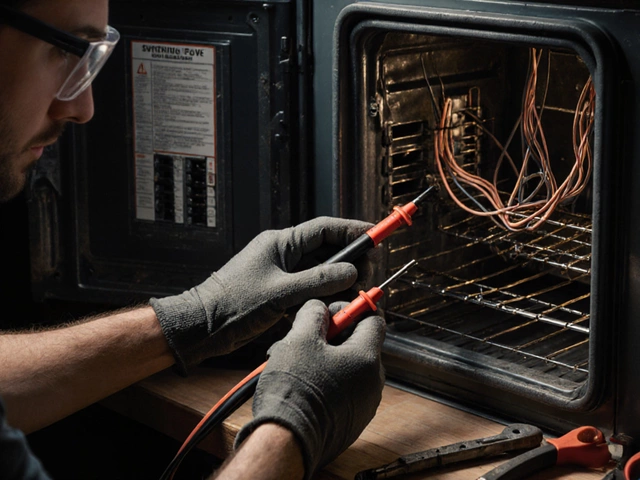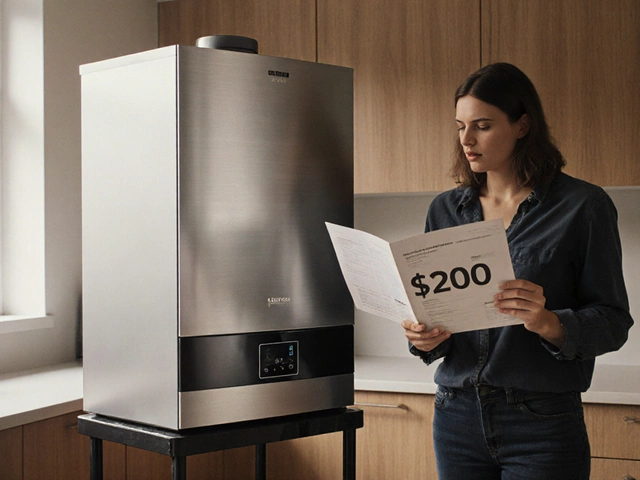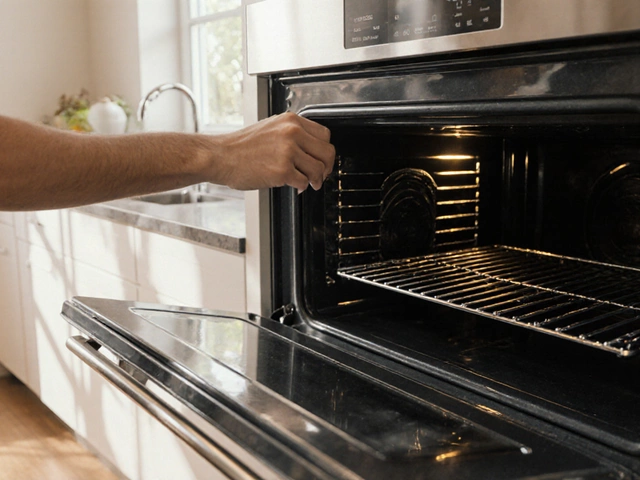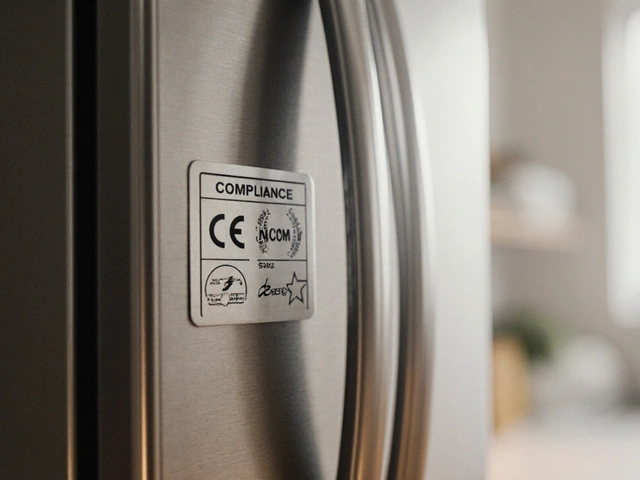Can You Replace an Electric Oven Yourself? Step-by-Step Safety Guide
November 8 2025Heat Pump Lifespan: What You Need to Know
If you’re thinking about a heat pump, the first question is usually “how long will it work?” Most modern units are built to run between 12 and 20 years, but the real number depends on a few everyday things. Size, brand, installation quality, and how you treat the system all play a part. Knowing the typical life span helps you plan budgets, avoid surprise breakdowns, and decide when it’s time for a replacement.
Typical Life Expectancy
In good conditions, a split‑system heat pump will hit 15 years before performance starts to slip. Small window units often reach the lower end of that range, while larger ground‑source models can stretch to 20 years or more. The warranty period is a useful reference point – manufacturers usually back their units for 5 to 10 years, signalling the minimum they expect to last. Still, a pump that’s been neglected can start losing efficiency after just a few years, while a well‑cared‑for one can keep heating and cooling comfortably for a decade and a half.
How Maintenance Affects Longevity
Regular upkeep is the single biggest factor in extending a heat pump’s life. A simple filter clean‑out every 1‑2 months prevents dust from choking the coils. Scheduling a professional service once a year lets a certified engineer check refrigerant levels, tighten electrical connections, and look for wear on the compressor. Ignoring these tasks can cause the motor to overheat, the fan to wobble, or the refrigerant to leak – all of which shave years off the lifespan.
Another easy tip: protect the outdoor unit from extreme weather. In winter, clear snow and ice off the fins so airflow stays smooth. In summer, trim back bushes that block the unit’s intake. If you live in a salty coastal area, rinse the coil with fresh water a few times a year to stop corrosion. These small actions keep the heat pump running efficiently and reduce the strain on moving parts.
Don’t forget the thermostat. A faulty thermostat can make the pump work harder than necessary, leading to premature wear. Replacing a cheap, inaccurate thermostat with a smart model can cut energy use and give the compressor a break, which in turn adds years to the overall life.
When you notice odd noises, reduced heating, or a spike in your energy bills, act fast. Early detection of a problem usually means a simple repair, not a full replacement. Most issues – a loose fan belt, a clogged drain line, or a failing fan motor – are cheap fixes when caught early.
Finally, keep records. Write down service dates, parts replaced, and any odd behavior you observe. A clear maintenance history not only helps technicians diagnose problems quickly, it also boosts resale value if you ever decide to sell the property with the heat pump still in place.
Bottom line: a heat pump can give you 12‑20 years of reliable service, but only if you treat it right. Clean filters, yearly professional checks, protection from weather, and quick fixes for odd symptoms are the keys to hitting the high end of that range. By staying on top of these basics, you’ll enjoy steady heating and cooling without a surprise breakdown every few years.
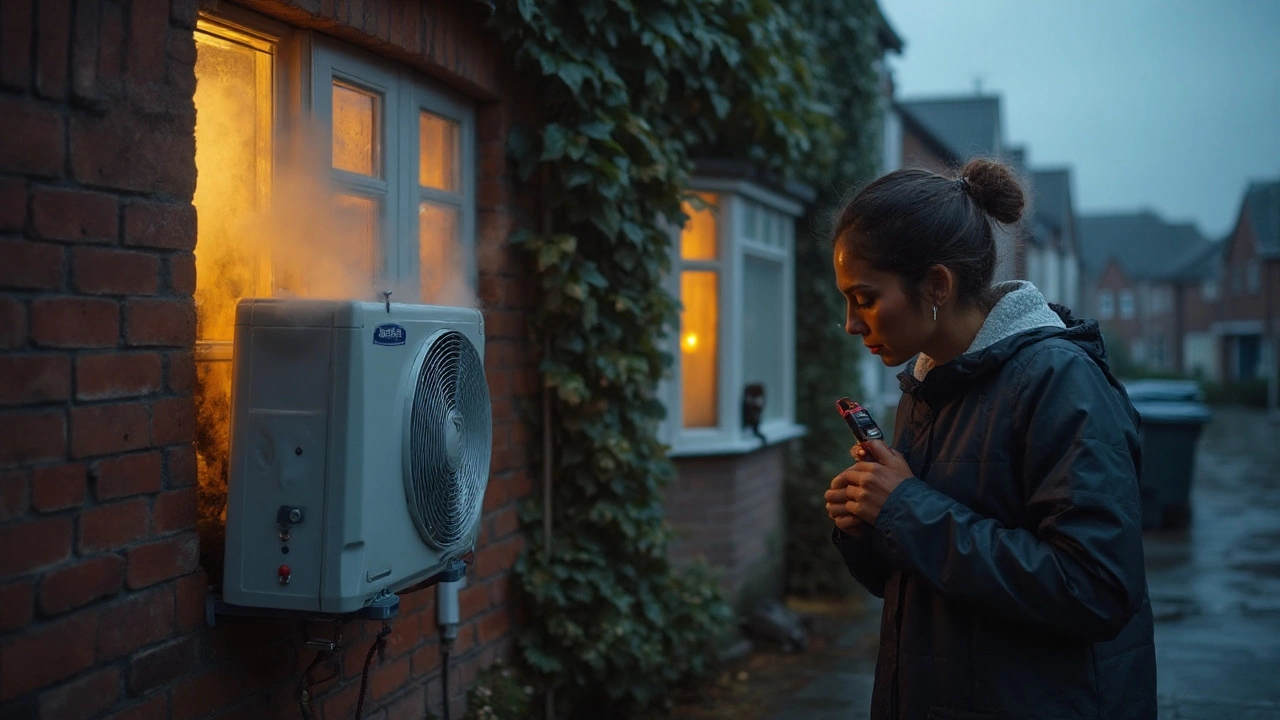 13 Sep
13 Sep
How to Tell If Your Heat Pump Needs Replacing (Signs, Costs, Repair vs Replace)
Not sure if your heat pump is dying? Learn the telltale signs, repair vs replace rules, real costs, and simple tests to decide with confidence-without wasting money.
Read More...